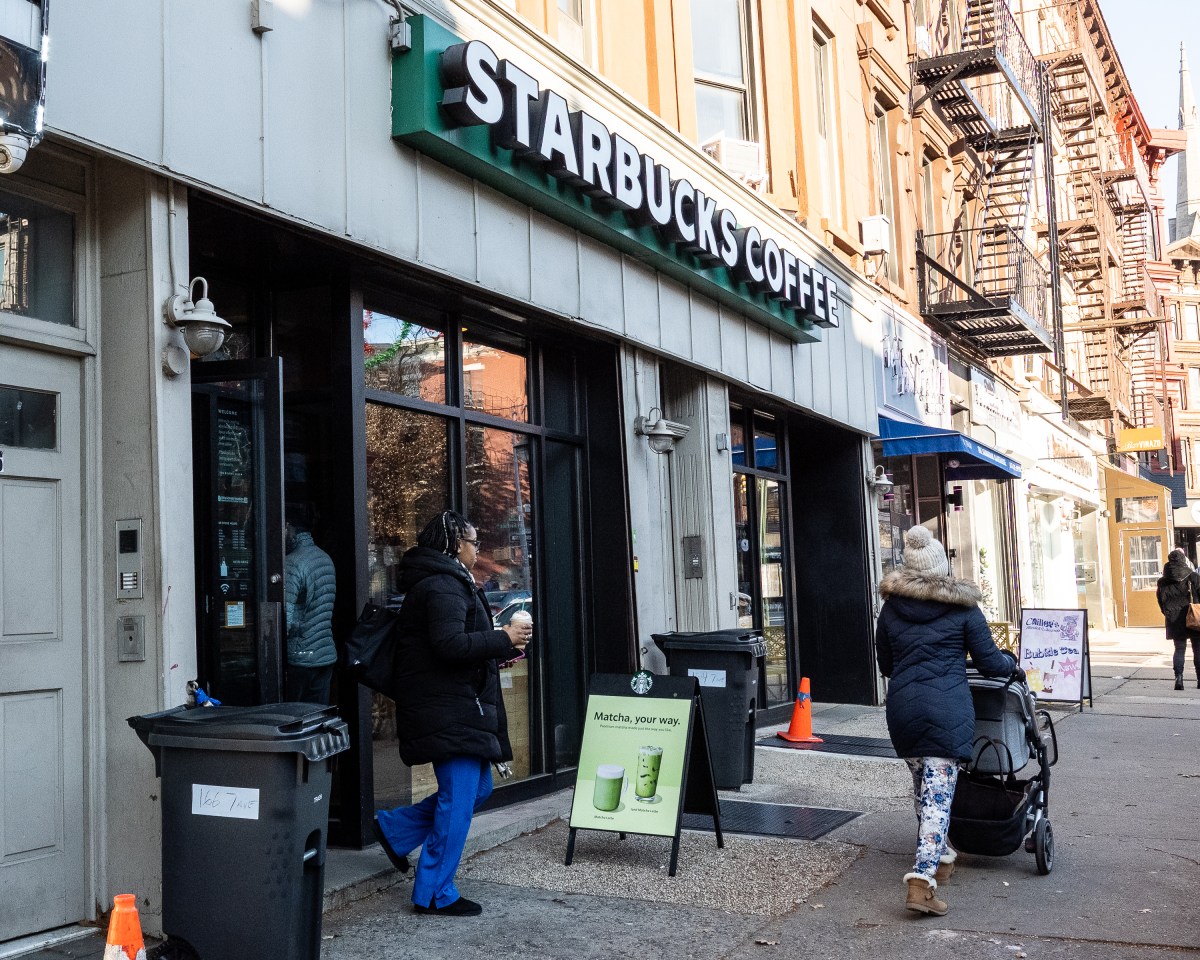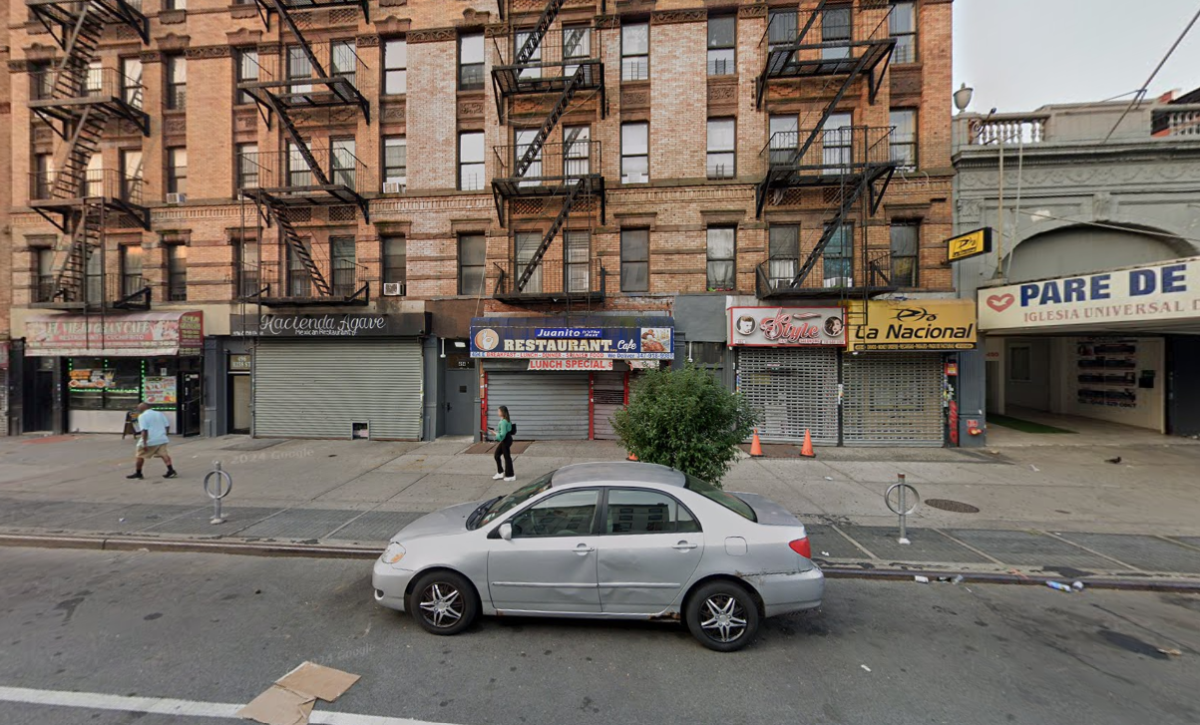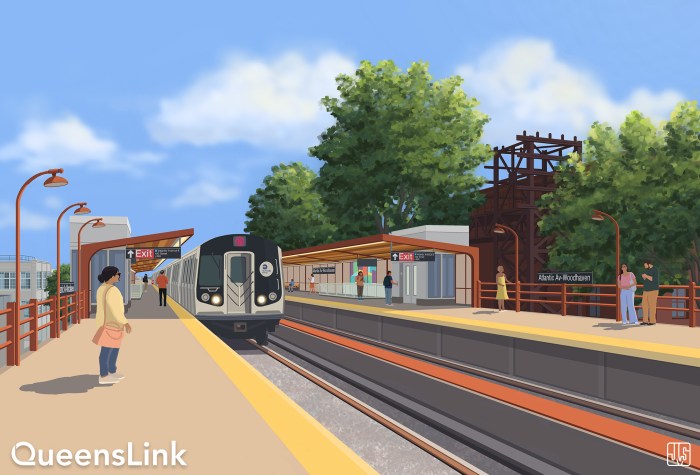The MTA released traffic data on Monday for the first time since the launch of congestion pricing on Jan. 5, and the numbers look good for those who support the tolling program.
During a Jan. 13 briefing at its headquarters, MTA officials said New York drivers had a bevy of smooth rides over the first nine days of the highly debated traffic reduction plan that charges motorists a base toll of $9 to enter Midtown and Lower Manhattan.
The agency’s data shows an overall 7.51% reduction in traffic within the Central Business District (CBD), also referred to as the Congestion Relief Zone (CRZ), throughout the week of Jan. 5.
“Since Jan. 5, we have seen anywhere between 475,000 and 560,000 vehicles enter the CBD. These are significantly lower volumes than we would have expected before the program,” Juliette Michaelson, MTA deputy chief of policy and external relations, said.
The decrease in cars is resulting in motorists shaving minutes off their commutes.
“Drivers are saving time,” Michaelson said. “The greatest improvements are occurring on inbound river crossings.”
Specifically, the most dramatic reductions in traffic were reported on all bridges and tunnels leading into Manhattan south of 60th Street during the morning rush hours. The MTA reported double-digit declines in travel time on each crossing — with the most improvement found at the eastbound Holland Tunnel, where travel time was down 65% from the January 2024 average of 12:48 (minutes:seconds).
On Jan. 8 of this year, the MTA reported that traffic in the same direction on the Holland Tunnel during the morning rush was just 4:27.

The Queens Midtown Tunnel’s westbound lanes also saw morning commute times drop by more than a minute, the MTA reported. The least improvement was found on the westbound Manhattan Bridge, where drivers only saved about 21 seconds of travel time.
Meanwhile, traffic on six different crosstown arteries in the CRZ was down significantly during the first week of congestion pricing, especially during the afternoon rush hour period between 4 and 7 p.m., according to the MTA.
As for crosstown streets in the CRZ, Canal Street through SoHo, Chinatown and Lower Manhattan saw the biggest drop-off in traffic, with travel times down 35% from 2024 heading eastbound, and 34% for westbound traffic. Back in January 2024, average travel time for the 0.9-mile stretch of Canal Street westbound, leading to the Holland Tunnel, was 11:47; during the first week of congestion pricing, it was four minutes faster, at 7:47
More progress was reported Midtown along 34th Street, one of the slowest crosstown roadways in the city. Westbound traffic along the 1.9-mile roadway improved by 36%, from an average peak travel time of 36 minutes last year to 23:13. Eastbound traffic was down 21%, from 43:41 to 34:25.
Only two portions of crosstown traffic in the CRZ saw increases in travel time during the first week of congestion pricing: 23rd Street westbound (up 15%, from 15:30 to 17:49) and 42nd Street westbound (from 27:52 to 32:28).
Buses saw increases in travel time, too. Routes that cross the East or Hudson River into NYC, many of which are express bus routes, saw the highest reduction in travel time. The SIM24 out of Staten Island saved a total of seven minutes across the Lincoln Tunnel compared to last year.
“When a car is able to travel faster over a bridge or through a tunnel, that motorist saves a few minutes, but when a bus is able to do the same, 50 people benefit from those time savings,” NYC Transit president Demetrius Crichlow said. “We hope to see a continuing trend of better bus speeds, which will only make the transit network stronger, and complement the best subway on-time performance in over decade and increased service frequencies across 12 subway lines.”
The MTA worked with TRANSCOM, a collaboration of various groups and agencies including the city’s Department of Transportation, to gather and analyze the data regarding congestion pricing traffic.
Transit advocates, including Riders Alliance Policy and Communications Director Danny Pearlstein, hailed the report as a sign of great progress for the city — and proof that congestion pricing ought to remain the law of the land despite numerous legal challenges and opposition from outer-borough and suburban lawmakers.
“In the first week of congestion pricing, the nation’s worst traffic gridlock has already vastly improved. Drivers are saving tons of time. Buses are finally speeding up, especially express buses full of long distance commuters from across New York and New Jersey,” Pearlstein said. “With such immediate success, politicians trying to end the program for personal gain must tell us why they want to lengthen millions of commutes, block tens of thousands of infrastructure jobs, and cut home values throughout the city and suburbs.”
Lisa Daglian, executive director of the Permanent Citizens Advisory Committee for the MTA, echoed those sentiments.
“Take a walk or ride into Midtown. There is already a difference: less congestion, easier street crossings, and a sense of muted surprise from even the most jaded New Yorkers,” Daglian said. “The changes we’re seeing in just one week border on epic, and it’s just the beginning of a better future for our region.”
Updated at 6:10 p.m. on Jan. 13.

































